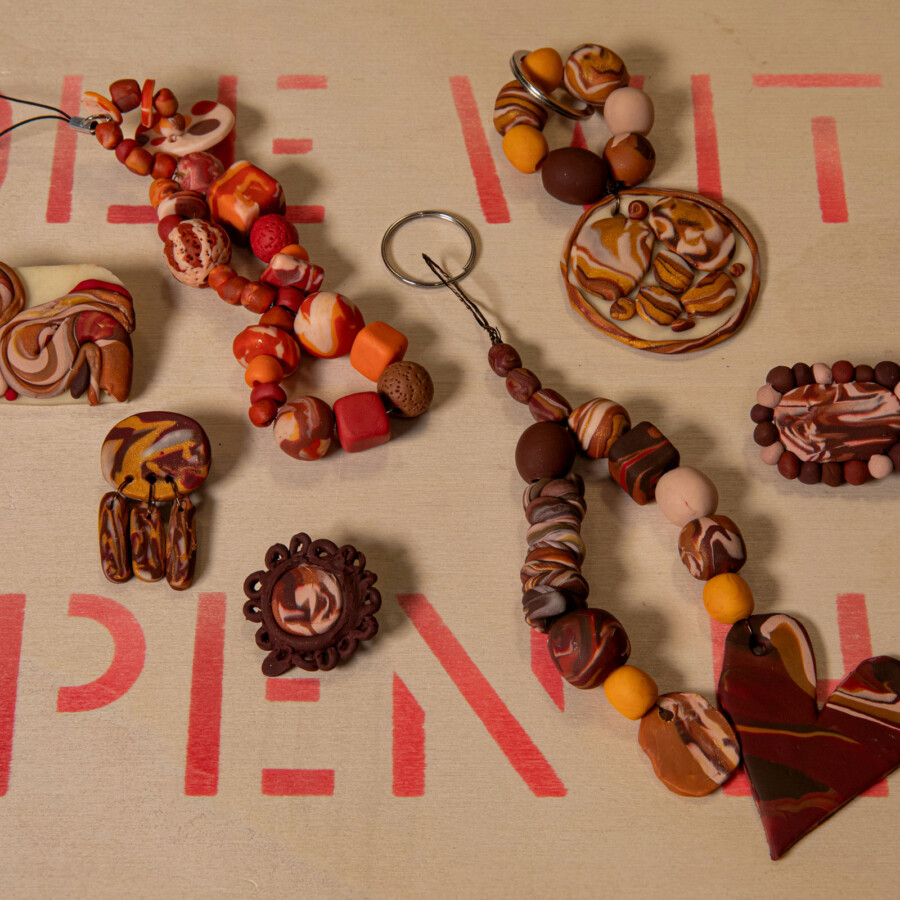I had the pleasure of spending an hour in our collection storage the other day, something I always aim to do more often. Walking through the aisles of our shelving system, opening drawers and pulling back curtains, I experienced the breadth of objects in our care. Mingei’s collection includes pieces made of fiber, wood, ceramic, even paper bags, and I am continuously amazed at the resilience of these natural materials. Through decades and centuries, colors stay bright and true, stitches remain strong, and texture and structure endures. The combined gifts of both nature and the artisan are unbeatable.
Of course, we have a team of skilled and committed staff who ensure temperature, humidity, and all storage conditions support the long life of each artwork. But still—there is an inherent quality in these handmade objects that were created to last, often through frequent use. In fact, many pieces in our collection were used before we received them! Once in our care, they leave storage, go on view, maybe travel, return to rest, and (we hope) remain stable and accessible for generations to come.
These objects support a foundation of consistency and resilience in the Museum itself. We make strides every day to do a job that won’t ever be finished, to ensure that Mingei has a long future. The staff, the trustees and volunteers, and you—our members—are all stewards of an important and lasting community asset, one that will remain strong, even as the environment around it continues to present unexpected challenges. We are all part of this daily act of resolve! Thank you for the support you provide to help make it all possible.
Jessica Hanson York
Executive Director & CEO





















